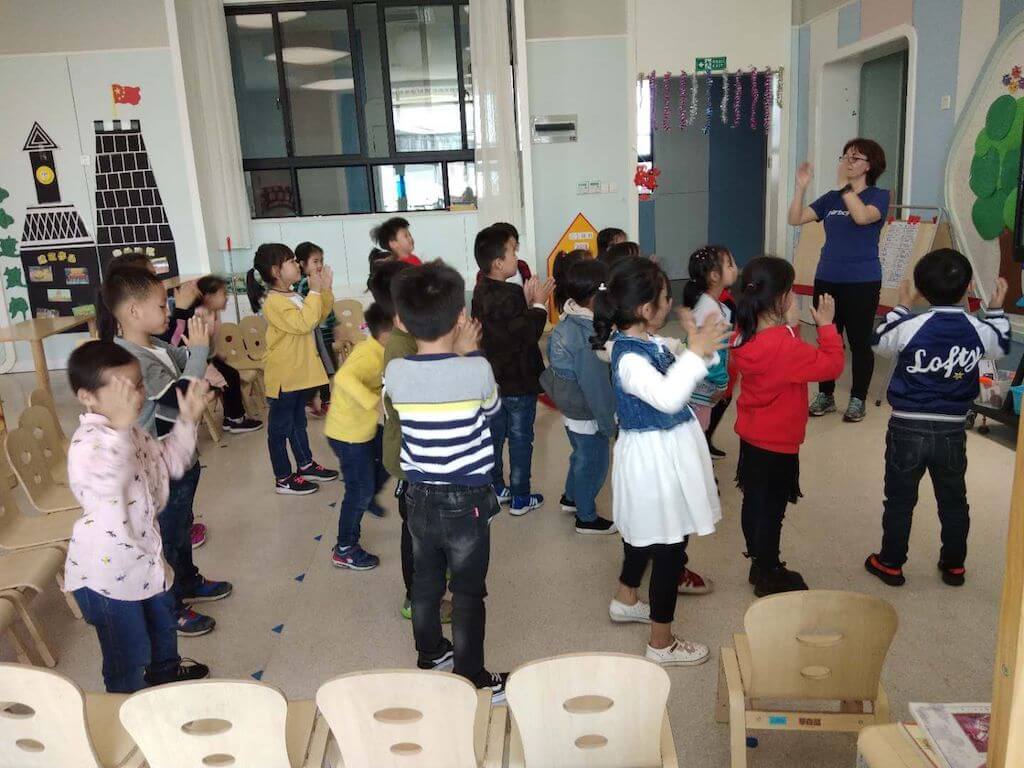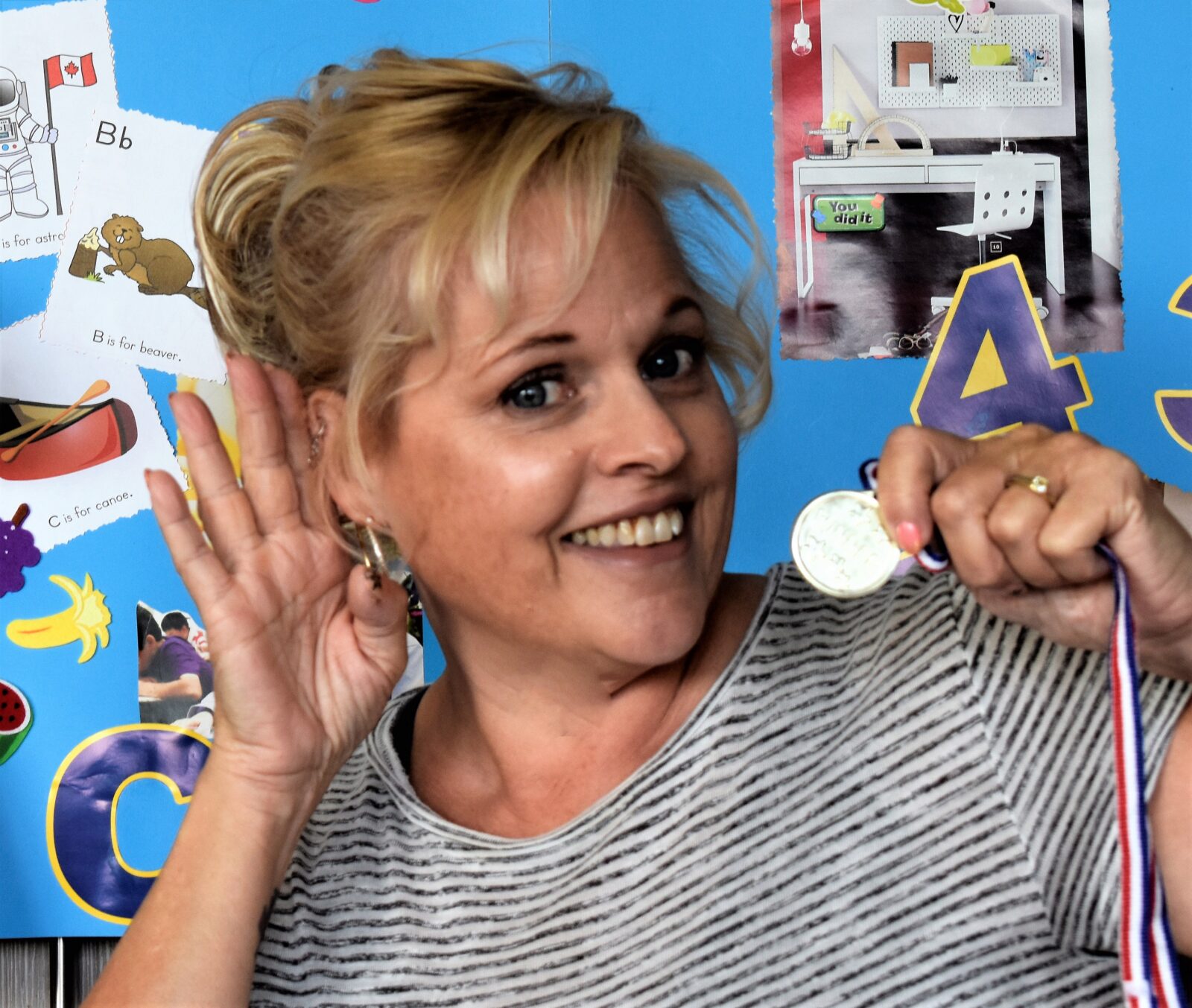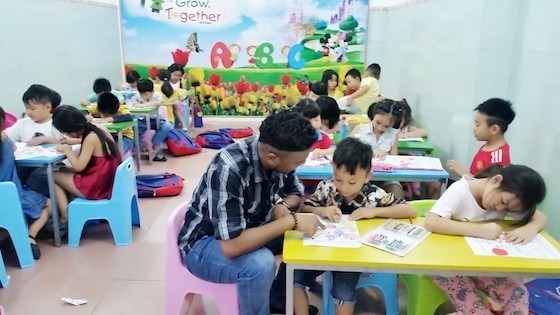Are you new to teaching English or perhaps an experienced teacher interested in spicing up your lessons by creating materials for the EFL classroom or for teaching English online? If you need some inspiration to get started, be sure to read through our top tips on making and adapting your own teaching materials for successful English language lessons.
If you’re new to teaching, you’ll want to get initial training and qualification with a TEFL certificate. You can explore our online TEFL courses to get started!
Why should teachers adapt or create materials for the EFL classroom?
It’s generally a good idea to take at least some part in creating the learning materials for your students. And it doesn’t have to take up a lot of time, either! Adapting free ESL lesson plans or other materials for the EFL classroom comes with many benefits for you and your students.
Age- and level-appropriate activities
If you make your own materials, you can always ensure that they’re appropriate for your students’ age and level. This will increase student motivation and participation.
Get an overview of English language learner levels and what they mean.
Time management
You can easily adjust your learning materials to the amount of class time you have, and you can have some fast-finisher activities or buffer activities up your sleeve for optimal use of your teaching time. Your students will appreciate every minute you dedicate to their learning needs.
Student participation
When creating your own materials, you can make them more fun and engaging. You can also have a variety of activities ready and involve your students by asking them which they’d like to do next. Once your students realize how much effort you put into your lesson planning and that they have a say in the lesson, they’ll be more motivated to participate and will appreciate your activities.
Read more about how to keep online students motivated when teaching ESL.
Purpose
When you’re teaching a lesson, you know best what your students’ needs are, you’re using objectives in your ESL lesson plans, and you’ve planned what skills you’re going to teach each day. Depending on the purpose of your lesson, you can adjust your materials to create the best and most effective learning experience for your students.
If you’re teaching English for specific purposes (ESP), you can even take it one step further and tailor each activity and each material to your students’ learning needs!
Different learning styles
Adapting materials for the EFL classroom also means that you have the chance to match them to the different learning styles of your students. Are your students visual, auditory, or kinesthetic learners? By preparing a wide range of materials and procedures that address all learning styles, all of your students can get the most out of your lessons.

A teacher incorporates a song into an ESL class with young learners
What types of materials can I create for the EFL classroom?
For the physical ESL classroom
Paper tests
When it comes to creating materials for the EFL classroom, paper tests are a classic choice, as there’s nothing more adaptable to students’ learning needs, the lesson or unit goal, time limitations, and the skills you want to teach. Creating your own quizzes and tests also gives you a great opportunity to let your students succeed and feel motivated to keep learning!
Worksheets
Even though some might argue that worksheets are becoming a little outdated, they can still get your students focused and help them retain the knowledge they just learned. Try and adapt your worksheets by adding some popular characters using clip art, or by incorporating authentic materials, such as newspaper articles, as a reading extract!
Warm-up activities
Warm-up activities can set the tone for each lesson, introduce the target language, or pre-teach vocabulary that’s needed later for other activities. Warm-ups give your students time to get their minds into English study gear. Even though the list of warm-up activities is endless, here are some examples:
Games
Games are especially useful for younger learners when it comes to keeping their attention. From ice-breaker games (like “Pass the ball and ask a question”) to conversation games (like “Interview a classmate and take notes,” “Who am I?” or role-playing games) and board games, the list of options to choose from is endless. Take your pick, and be sure to adapt the games to the level and age of your students!
Try these games and activities for young learners and teens.
Realia
Whether you’re teaching fruit vocabulary to young learners or restaurant and service-related content to hospitality professionals, using authentic materials for teaching English is an excellent way to adapt what you already have to your students’ needs. Realia, or real-life items, can be actual fruits that you show to your students or the restaurant menu from a local establishment. When students can make a connection to their own lives, their learning success is often much higher.
Use realia in the ESL classroom.
Questionnaires
A great way to get your students’ opinions and feedback is via questionnaires. It gives your students an opportunity to practice their writing skills, share their feelings and opinions, and be heard. It gives you, the teacher, an opportunity to reflect on your lessons and to, if necessary, adjust and improve them.

Teacher Juicy Mae plays a game with her ESL student online
For synchronous, asynchronous, or hybrid online classes
The purpose of each material is, of course, the same as the above mentioned in the physical classroom, so we’ll only explain the alterations and adaptations you can make if you’re teaching English online.
Virtual tests
Instead of paper tests, you can create virtual tests by either using your LMS (Learning Management System) or by emailing them to your students. If you want to set a time limit, you can have your students take and submit the test during synchronous class time.
Digital worksheets
When you’re teaching online, you can make your worksheets even more interesting by designing them as presentations or slides, by adding audio and video, and even by giving your students a choice in how to answer the questions — in writing or by audio recording! This is especially suitable for asynchronous assignments.
Warm-up activities
Some popular warm-up activities for hybrid online lessons are ones that students prepared asynchronously at their own pace, and that you can then smoothly conduct in real-time. This could be reading an article you sent them at home and then answering some basic questions at the beginning of the lesson.
Games
Whether you’re teaching one-on-one or group lessons and synchronous, asynchronous, or blended ESL classes, you can introduce some low-prep, ESL games when teaching online. For example, you can use learning apps, or you can adjust the games we mentioned above to the online classroom. Most of them work just as well online as they do in the physical classroom. Make sure that audio and visibility are not an issue, and maybe establish some ground rules concerning taking turns and speaking time, so that everybody gets a turn and students don’t talk over one another.
Check out these ideas for using games when teaching adults English online.
Realia
Real-life items are very useful for online classes, especially when you’re trying to keep a five-year-old in front of the screen and engaged in a 30-minute lesson. Children need to move their bodies in between activities, so asking your students to bring you certain items from around the house that are suitable for your lesson goal (food from the fridge, fruits, clothes, their favorite toys, etc.) and having them describe, show, or even eat the items together with you can be a fun way to learn through TPR (Total Physical Response)!
Questionnaires
Same as worksheets and tests, you can send questionnaires to your students via email, social media, or your LMS. They can complete and submit the questionnaires asynchronously, which gives them more time to think and reflect on their feedback.

Online ESL teacher, Sallie, uses realia and other materials to motivate her students
Are there any additional tips for creating materials for the EFL classroom?
The global teaching community has an abundance of tips and tricks on how to create materials for the ESL classroom, whether you teach in-person or online, based on personal experience and academic research. Here’s a list of the top tips that are guaranteed to keep your students interested and learning!
The sky’s the limit when it comes to creating your own materials for the ESL classroom.










